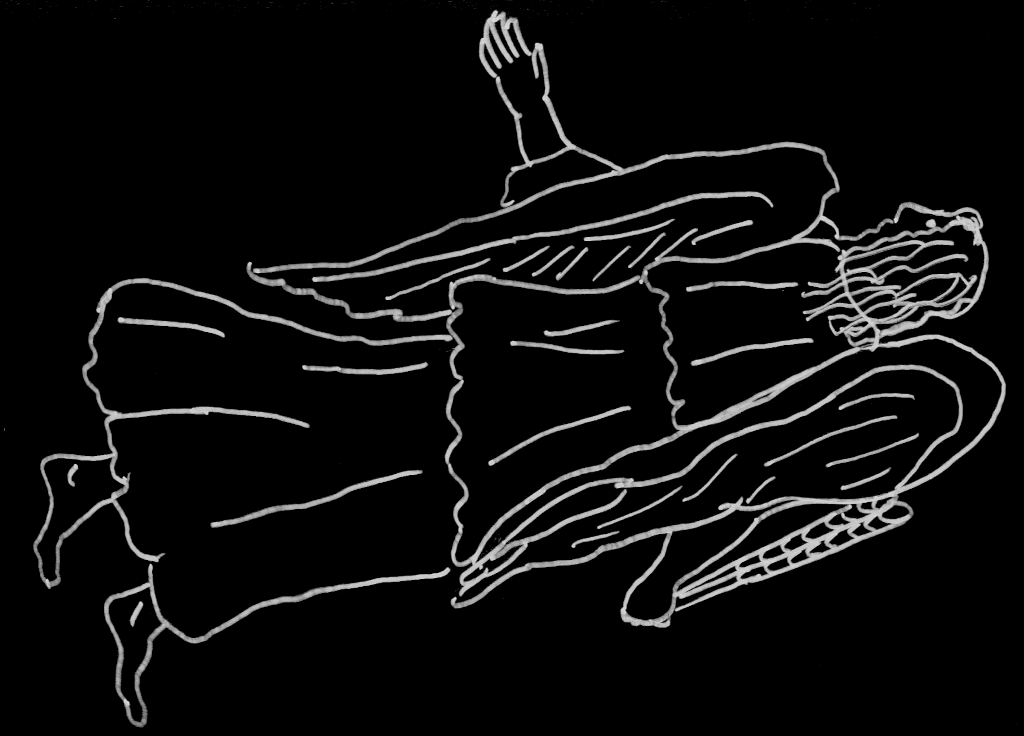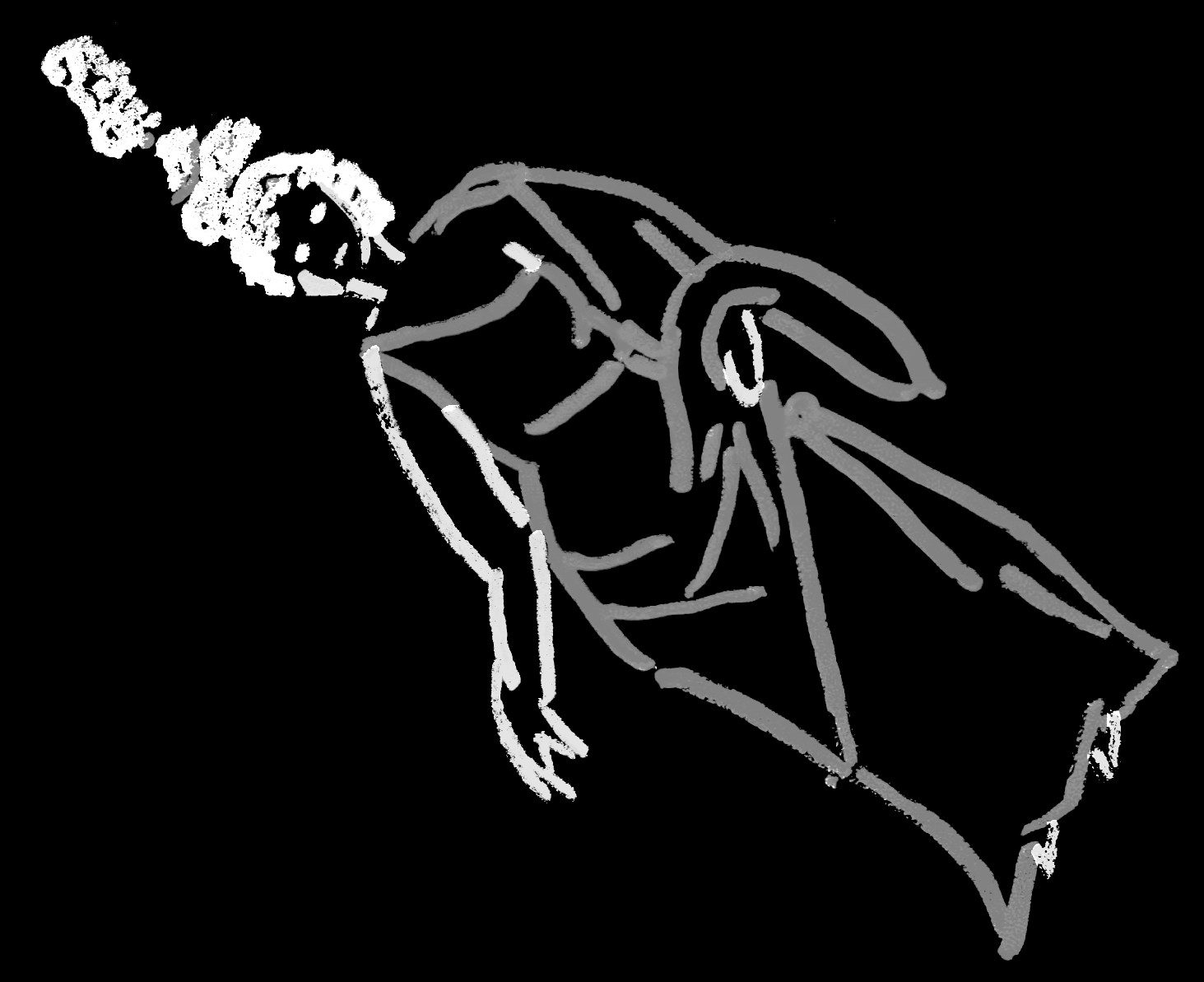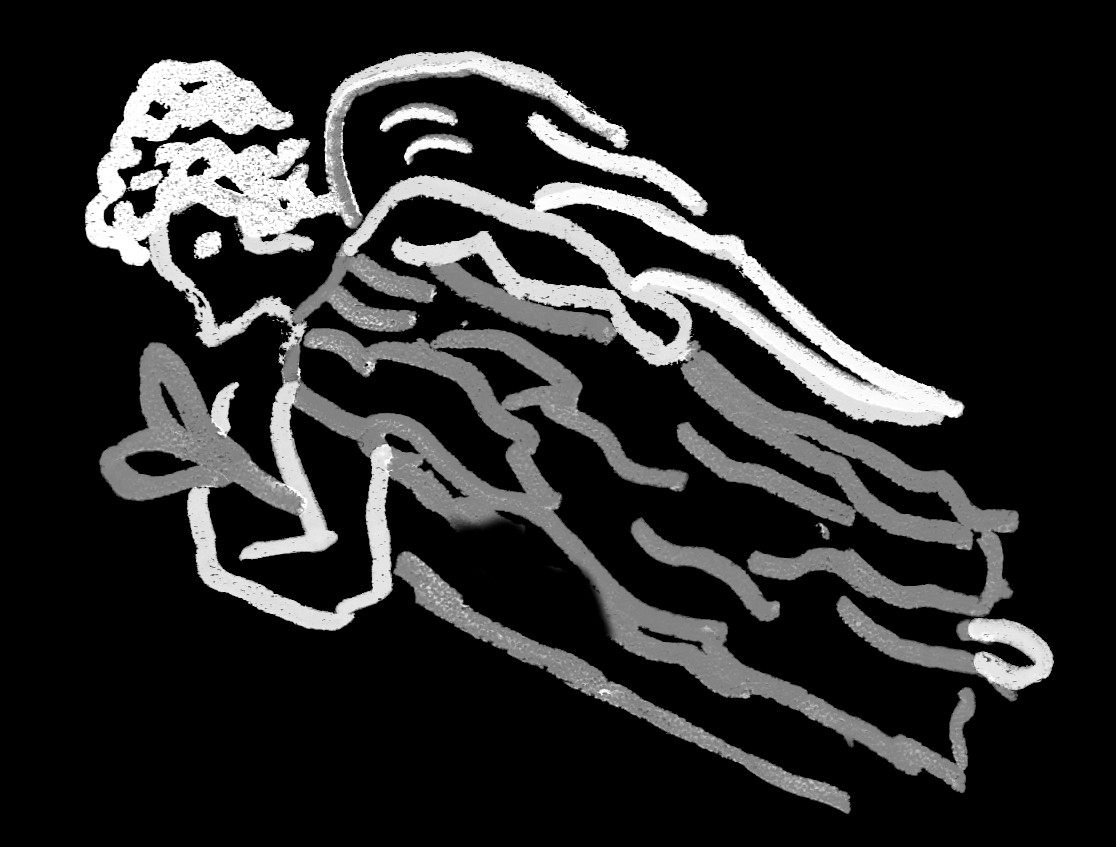Profile / Characteristics
| English translation | Latin declination and pronunciations | Size/ °² | # stars (visible) |
| the Maiden | Virgo – VER-go Virginis – VER-jin-iss | 1294 | 172 |
Main Star (brightest one):
| Designation | HIP number | name in IAU-CSN | brightness |
| α Vir | HIP 65474 | Spica | 0.97 mag (V) |
Our (modern) Explanation
This constellation was originally called The Furrow with a Barley Stalk and associated with a goddess of fertility in ancient Mesopotamia. In the agricultural calendar it calling for the second grain harvest of the year (in autumn, after the date harvests of late summer) as barley grows rather fast. The constellation has always been The Furrow until the invention of the zodiac around 400 (plusminus 10 years) BCE in Babylon. At that time, there was a strong volcanic eruption on Sicily which led to misharvests in vast parts of the Mediterranean, and, thus, increased the cult for the goddess(es) of fertility. In that time, The Furrow was changed into The Maiden. Ancient Greek mythographers suggest at least five goddesses who were seen in this heavenly maiden: The Egyptian Isis, the Syriac Atergatis, the Babylonian Ishtar (also depicted in Andromeda), or the Greek goddesses Dike (for justice) or Demeter (for fertility).
Ancient Globes



Farnese Globe
Kugel Globe
Mainz Globe
Ancient Lore & Meaning
Aratus
Reference:
English translation by Douglas Kidd (1997).
Aratus: Phaenomena, Cambridge Classical Texts and Commentaries, Series Number 34
Pseudo-Eratosthenes
Hesiod: it is Dike, Aratus says she formerly lived among the people but withdrew from them because of their wars and ignorance of justice. Some others say, it’s Demeter because she carries an ear. others say, it’s Isis, others that it’s Atargatis, and others that she is Tyche who is depicted without a head.
References:
French translation by:
Jordi Pàmias i Massana and Arnaud Zucker (2013). Ératosthènes de Cyrène – Catastérismes, Les Belles Lettres, Paris
English version in:
Robin Hard (2015): Eratosthenes and Hyginus Constellation Myths with Aratus’s Phaenomena, Oxford World’s Classics
Modern and Mediaeval Depiction

Depiction in Stellarium (by Fabien Chéreau, since 2000 CE)
depiction in the Leiden Aratea (9th century CE)
Early Modern Interpretation
Contemporary
As one of their first tasks in the 1920s, the newly founded International Astronomical Union (IAU) established constellation standards. The Belgian astronomer Eugène Delporte was assigned to the task to define borders of constellations parallel to lines of declination and right ascension. They were accepted by the General Assembly in 1928. The standardized names and abbreviations had already been accepted in 1922 and 1925.

